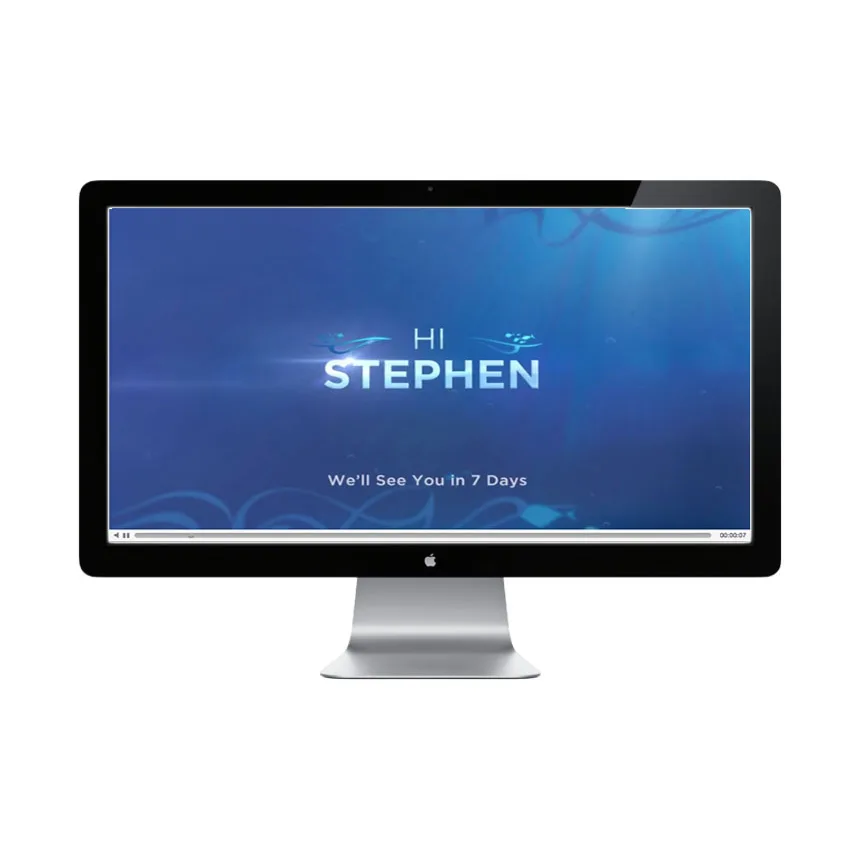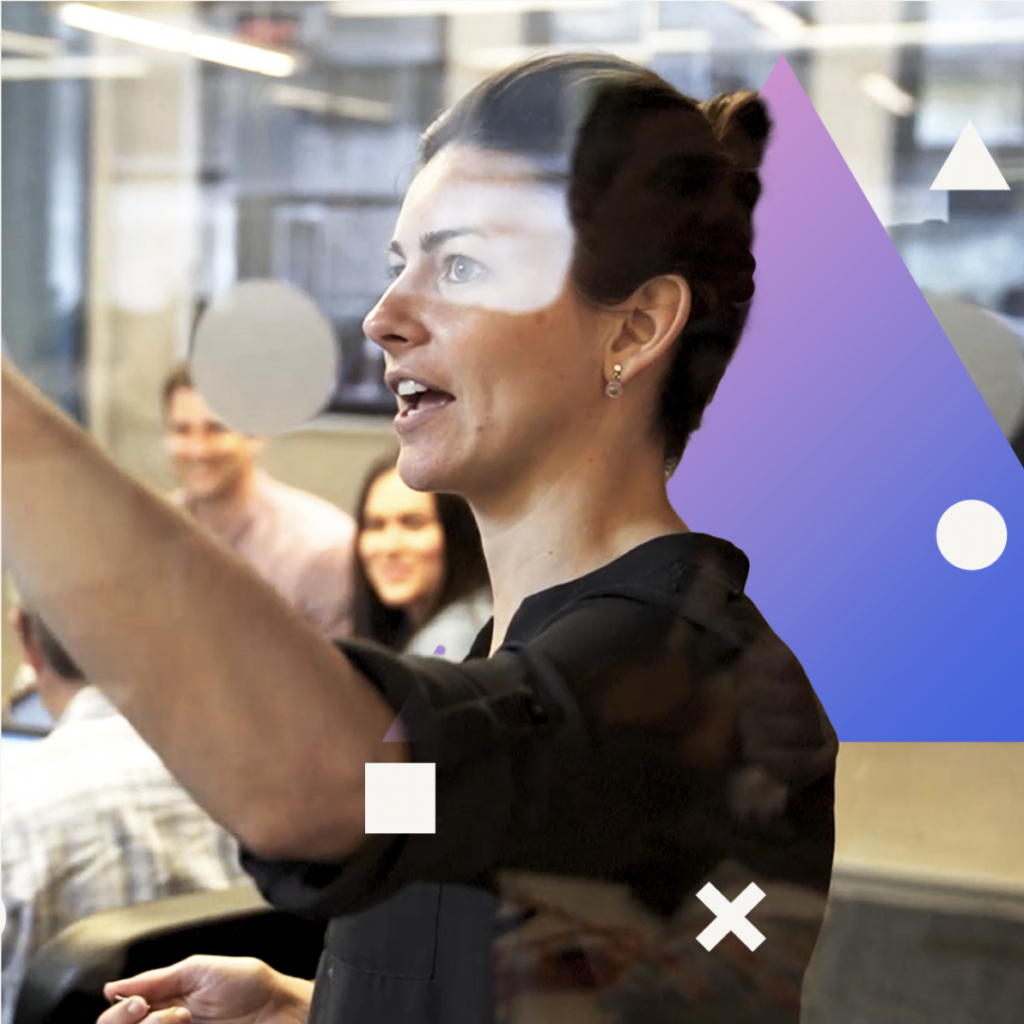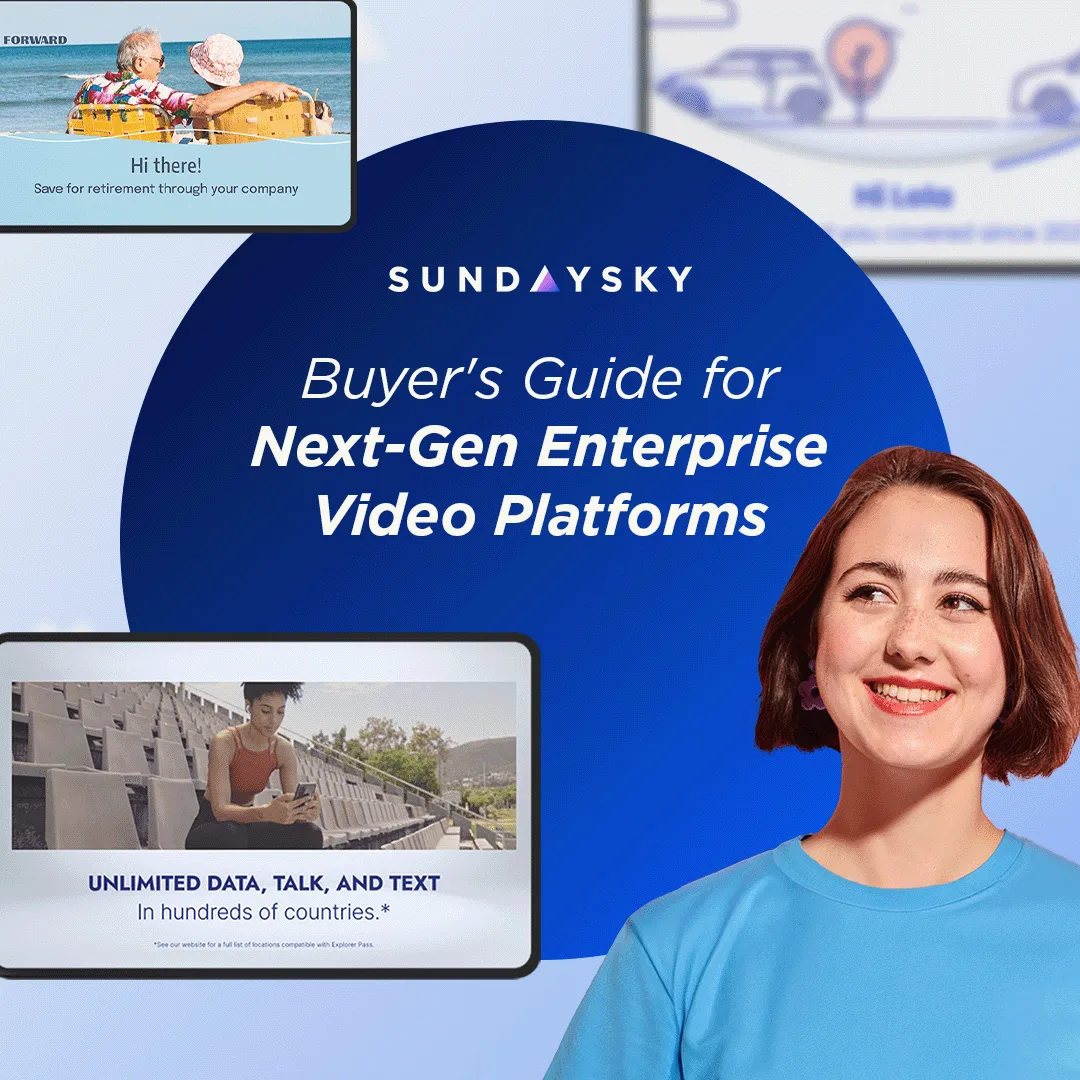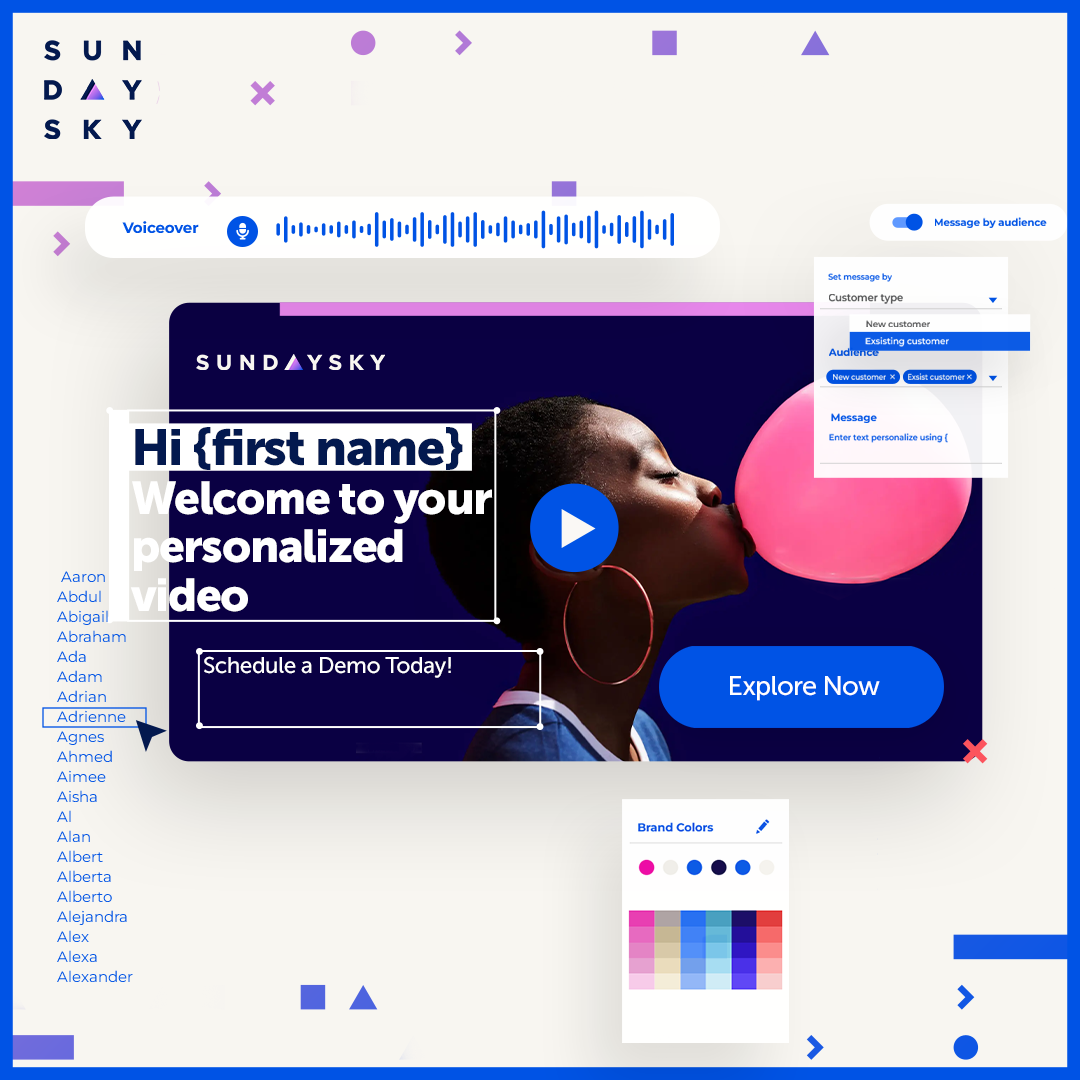At SundaySky, we’ve cultivated the two unique ingredients which make SmartVideo more engaging and effective than traditional video — personalization and relevance. By incorporating these elements into marketing strategies, brands are better able to target the right customers at the right time with highly relevant promotions, products and information.
As such, the concept of “personalized video” has emerged in various forms over the last year. Adobe’s Project Primetime brings display-ad-like targeting and segmenting to video across various platforms, while Amazon allowed customers to build and send their very own personalized video gift cards this past holiday season. And of course, YouTube’s advertising policy is all about showing video ads based on the perceived relevance and interest to viewers.
But do these demonstrate true personalization or are they simply cases of personal relevance? And since relevance and personalization tend to be thought of interchangeably, what, really, is the difference between them?
Relevance
In advertising, creating relevance means presenting a product or service that’s likely to be of interest to the viewer because of his or her age, gender, income, language, browsing history, travel preferences, or any number of other factors. However, even if an ad is relevant to that one person, many viewers will still see the exact same one — how many do, of course, will depend on the reach and frequency of the ad.
Data elements which may make a video relevant include: gender, age, marital status, location, time of day, viewing platform, product price and more. They are especially prevalent in SmartVideo retargeted ad campaigns, where the primary goal is to encourage viewers to make a final purchase on products they have recently viewed.
Personalization
On the other hand, an ad that’s personalized presents information, data and even visual elements that are unique to each individual viewer. That makes each video virtually one-of-a-kind, able to speak to the viewer on a one-to-one basis.
Data elements which may make a video personalized include: customer name, account information, order status, delivery date, purchase history and more. Personalization is most evident in SmartVideo billing solutions and customer engagement campaigns like new-customer onboarding and nurturing initiatives. The goal of these highly personalized video experiences is to educate customers, enhance their loyalty and purchasing behavior, and reduce customer-care expenses.
So as you can see, SmartVideo-generation is driven by data that comes both from the individual viewer and from the product or service provider. And once integrated into personalized and relevant video elements, it makes for a potent combination that viewers find hard to resist.
Case in point: In late 2011, AT&T shared a generic “U-verse Billing & Account Management” video to help customers understand and pay their bills. But it was only in 2012, once AT&T began sending personalized SmartVideos to explain individual customers’ bills, that they experienced a drop in billing-related inquiries to their call center, as well as positive feedback from customers. Indeed, as stated by AT&T Senior Executive VP John Donovan, “… ninety percent [of customers] said in a survey that they find the videos helpful.”
Other SundaySky customers have also noticed the added value of SmartVideo and the difference it can make. For example, typical short-form videos created for mass communication — such as one-to-many product videos — are watched for an average of 43 seconds. However, viewers tend to watch SmartVideos for an average of about one minute longer — that’s 2.5 times more time spent watching personally relevant videos.
Without personalization and relevance, a video simply isn’t smart — it’s static, impersonal and in many cases, irrelevant. So by offering engaging viewing experiences that inform, entertain and add value, SmartVideo has become the future of online video.




